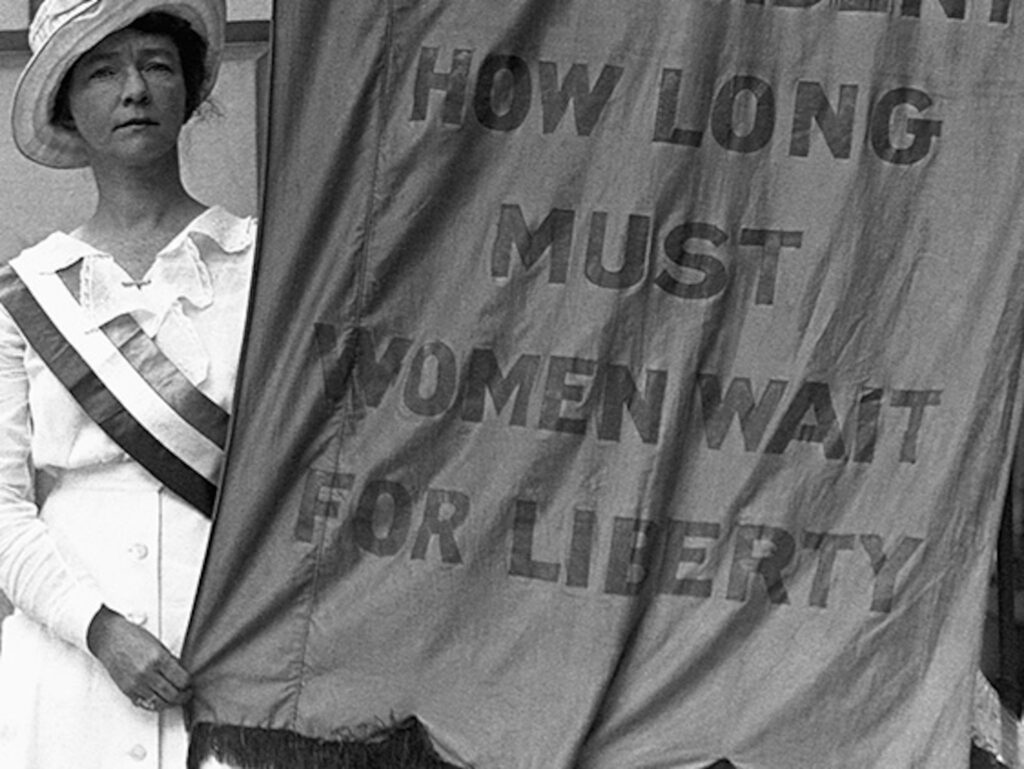Women’s History Month is devoted to the women advocates, pioneers, and visionaries who have valiantly led women to where they are today. But how did this month of celebrations come to be?
Although women have been fighting for equality for generations, the first commemorative women’s history event did not occur until 1978 in Santa Rosa, California. The Education Task Force of the Sonoma County Commission on the Status of Women was the original driving force behind this movement, officially launching the first Women’s History Week. March was chosen as International Women’s Day falls on March 8th. The week-long celebration caught on, and the following year’s celebrations continued in communities throughout the region.
In 1980, the National Women’s History Project formed a consortium to lobby for recognition. These efforts were successful, and in February of that same year, President Jimmy Carter issued a Presidential Proclamation designating March 8th, 1980, as National Women’s History Week. President Carter said, “From the first settlers who came to our shores, from the first American Indian families who befriended them, men and women have worked together to build this nation. But, uBut, uBut, uBut, unfortunately, too often, the women were unsung, and sometimes their contributions went unnoticed. But the achievements, leadership, courage, strength, and love of the women who built America were as vital as that of the men whose names we know so well.”
Representatives Barbara Mikulski (D) and Orrin Hatch (R) co-sponsored a bipartisan Congressional Resolution for National Women’s History Week shortly after that. This initiative was a broad-reaching effort, uniting both sides of the political aisle to uplift women and highlight some of our nation’s most prolific historical figures. As National Women’s History Week continued to gain traction, schools and other educational bodies saw this as an opportunity to forge equity in the classroom. As a result, women’s history was added to curriculums, and other initiatives, including essay contests, assemblies, and special pro, wereming,, were introduced in public schools.
From the classroom to the halls of Congress, momentum continued to grow for these commemorative efforts. By 1986, 14 states declared March National Women’s History Month. State by state, the month-long celebration we know today began to take shape. Finally, in 1987, a resolution was officially brought before Congress, and March was formally designated Women’s History Month nationwide. Since then, the National Women’s History Alliance has decided on a theme that will prevail over each annual celebration.
The theme for Women’s History Month 2023 is “Celebrating Women who Tell our Stories.” This year, we will celebrate the storytellers of women’s history, including those in media, stage, screen, podcasts, and more. The Alliance, still based in Santa Rose, California, seeks to honor women across all communities who have utilized their gifts and abilities to pass down heritage, uplift the truth, and provide the world with stories worth sharing. Today and every day, may we celebrate those women whose tenacity and talents have forged a better world for women everywhere.
SOURCES:
- https://nationalwomenshistoryalliance.org/womens-history-month/womens-history-month-history/
- https://www.womenshistory.org/womens-history/womens-history-month
- https://nationalwomenshistoryalliance.org/2023-theme/






